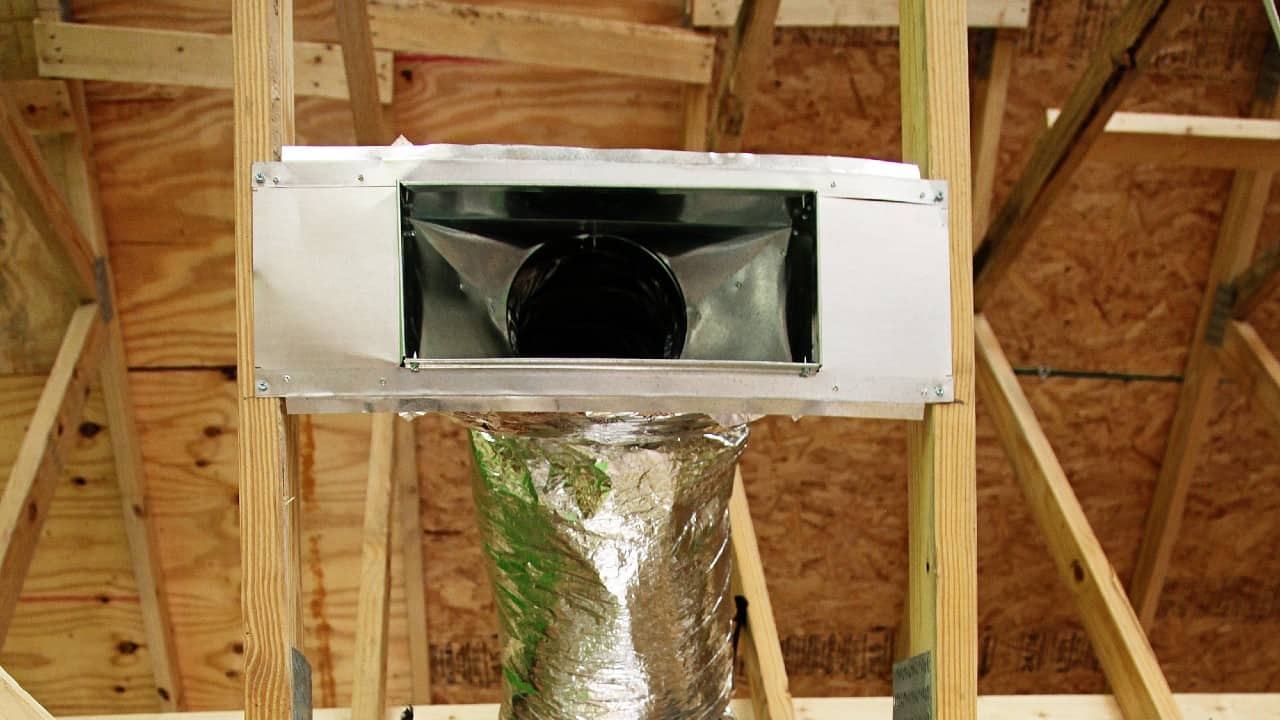Home Ventilation Solutions

Bathroom fan into attic – Maintaining proper ventilation in your home is crucial for ensuring a healthy and comfortable living environment. Adequate airflow helps prevent moisture buildup, mold growth, and indoor air quality issues, all of which can have adverse effects on your health and well-being.
The constant whirring of the bathroom fan into the attic provided a soothing white noise that lulled me into a state of tranquility. As I gazed at my reflection in the mirror bathroom , I couldn’t help but notice how the steam from the shower had created a dreamy, ethereal atmosphere.
The interplay of light and shadow on my face mirrored the delicate balance between my inner and outer selves. As the fan continued to hum, it reminded me of the gentle breeze that carried my thoughts and dreams into the vast expanse of the attic, where they could soar freely.
Bathrooms, in particular, generate a significant amount of moisture due to activities like showering, bathing, and washing hands. Without proper ventilation, this moisture can accumulate, leading to mold growth, mildew, and other problems. Installing a bathroom fan in the attic is an effective solution to address these concerns and improve overall indoor air quality.
Extending the reach of a bathroom fan into the attic can be an effective way to improve ventilation. For those living in apartments, an apartment bathroom exhaust fan can provide similar benefits, ensuring proper air circulation and moisture control. However, it’s crucial to ensure that the bathroom fan is vented directly outside or into the attic to prevent moisture buildup and potential damage.
Types of Bathroom Fans
There are various types of bathroom fans available, each with its own features, advantages, and disadvantages. Choosing the right fan for your bathroom depends on factors such as the size of the room, the amount of moisture generated, and your budget.
- Exhaust Fans: These fans are designed to remove moisture and odors from the bathroom by drawing air out through a duct and expelling it outside.
- Ceiling Fans: While not specifically designed for ventilation, ceiling fans can help circulate air within the bathroom, reducing moisture buildup.
- Humidity-Sensing Fans: These fans automatically turn on when the humidity level in the bathroom reaches a certain threshold, ensuring optimal ventilation when needed.
- Timer Fans: Timer fans operate for a set period after being turned off, allowing for continued ventilation even after you leave the bathroom.
DIY Installation and Maintenance: Bathroom Fan Into Attic

Installing and maintaining a bathroom fan in the attic is a straightforward task that can be completed with basic tools and materials. Before starting, it is crucial to prioritize safety by ensuring the electricity to the bathroom is turned off at the circuit breaker.
Materials Required
Gather the necessary materials: a bathroom fan, ductwork, electrical wire, a wire cutter, a screwdriver, and a caulk gun.
Installation
1. Locate a suitable spot in the ceiling for the fan, ensuring it is centered over the shower or bathtub. Cut a hole in the ceiling using a drywall saw.
2. Connect the fan to the ductwork and secure it in place using screws.
3. Run the electrical wire from the fan to the nearest electrical junction box.
4. Connect the wires according to the manufacturer’s instructions, ensuring proper grounding.
5. Seal the gaps around the fan and ductwork with caulk to prevent air leaks.
Maintenance
1. Regularly clean the fan blades and housing to remove dust and debris.
2. Replace the filter every 3-6 months to maintain optimal airflow.
3. Check the electrical connections and wiring periodically for any loose or damaged components.
4. If the fan is not working correctly, troubleshoot the issue by checking the power supply, the fan motor, and the ductwork for blockages.
Advanced Considerations and Troubleshooting
Installing a bathroom fan is not just about placing it in the ceiling and turning it on. There are advanced considerations and potential issues that require attention to ensure optimal performance and longevity.
This section explores advanced options for bathroom fan installation, provides troubleshooting tips for common issues, and discusses the integration of bathroom fans with smart home systems.
Advanced Options for Bathroom Fan Installation
- Humidity Sensors: Bathroom fans with built-in humidity sensors automatically turn on when the humidity level exceeds a certain threshold, ensuring ventilation when it’s most needed.
- Timers: Timers allow you to set the fan to run for a predetermined amount of time after you leave the bathroom, providing additional ventilation to remove lingering moisture.
- Energy-Efficient Models: Energy-efficient bathroom fans use less energy while providing the same level of ventilation, reducing your energy consumption and utility bills.
Troubleshooting Common Issues with Bathroom Fans
- Noise: Excessive noise can be caused by improper installation, loose components, or worn-out bearings. Ensure the fan is properly mounted and all screws are tightened. Lubricate the bearings as per the manufacturer’s instructions.
- Vibration: Vibration can occur due to an unbalanced fan blade or a loose motor. Check the fan blade for any damage or debris and tighten the motor mounting screws.
- Insufficient Ventilation: If the bathroom fan is not providing enough ventilation, check the ductwork for blockages or leaks. Ensure the fan is the correct size for the bathroom and is installed in the optimal location.
Integration with Smart Home Systems, Bathroom fan into attic
Bathroom fans can be integrated with smart home systems to enable automated control and monitoring.
- Automated Control: Smart home systems allow you to remotely turn on/off the bathroom fan using a smartphone app or voice commands.
- Monitoring: Some smart fans can monitor humidity levels and adjust their operation accordingly. You can receive notifications if the humidity level becomes excessive.
- Scheduling: Smart home systems can be programmed to automatically turn on the bathroom fan at specific times or when certain conditions are met, such as when the shower is turned on.